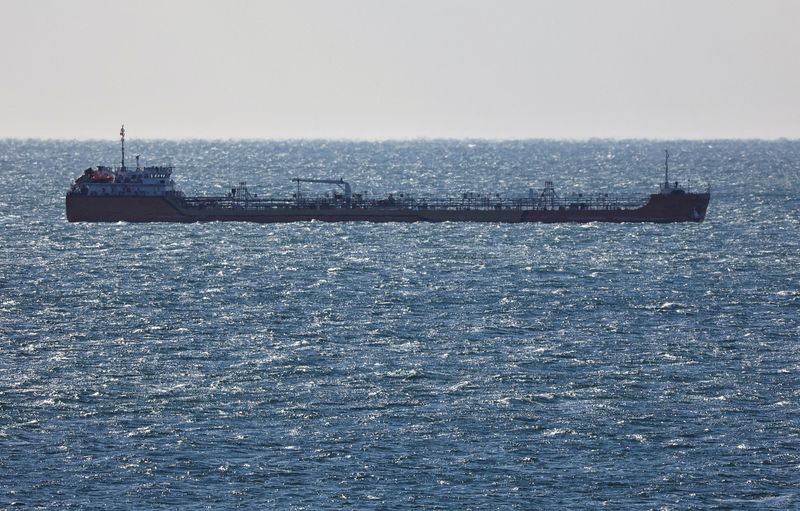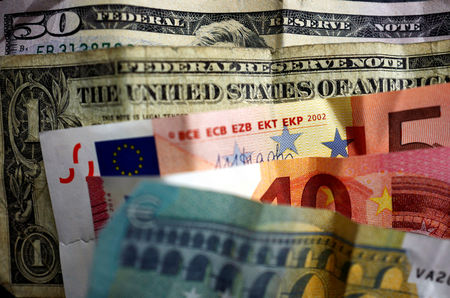
By Yuka Obayashi
TOKYO (Reuters) – Oil prices climbed on Friday, heading for a fourth weekly gain, driven by concerns over tighter supply following U.S. sanctions on Russian oil producers and signals from a Federal Reserve official of potential interest rate cuts.
Brent crude futures rose 13 cents, or 0.2%, to $81.42 per barrel by 0113 GMT, after declining 0.9% in the previous session. U.S. West Texas Intermediate crude futures were up 27 cents, or 0.3%, to $78.95 a barrel after dropping 1.7% on Thursday.
Both contracts fell on Thursday with Yemen’s Houthi militia expected to halt attacks on ships in the Red Sea. Still, they remain on course for a fourth weekly gain, with Brent up 9% and WTI rising 10% year-to-date.
“Supply concerns from U.S. sanctions on Russian oil producers and tankers, combined with expectations of a demand recovery driven by potential U.S. interest rate cuts, are bolstering the crude market,” said Toshitaka Tazawa, an analyst at Fujitomi Securities.
“The anticipated increase in kerosene demand due to cold weather in the U.S. is another supportive factor,” he added.
Investors are assessing the Biden administration’s latest round of sanctions targeting Russia’s military-industrial base and sanctions-evasion efforts, following broader measures against Russian oil producers and tankers.
Moscow’s top customers are now scouring the globe for replacement barrels, driving a surge in shipping rates.
Inflation is likely to continue to ease and possibly allow the U.S. central bank to cut interest rates sooner and faster than expected, Federal Reserve Governor Christopher Waller said on Thursday, countering recent market bets on a shallower rate path.
In the U.S., natural gas futures jumped about 4% to a two-year high on Thursday on colder weather forecasts for the Martin Luther King Jr. Day holiday weekend.
In the Middle East, maritime security officials said the Houthi militia is expected to announce a halt in its attacks on ships in the Red Sea, after a ceasefire deal in the war in Gaza between Israel and the militant Palestinian group Hamas.

The attacks have disrupted global shipping, forcing firms to make longer and more expensive journeys around southern Africa for more than a year.
But investors remained cautious, as the Houthis leader said his group would monitor the implementation of the ceasefire deal, and continue its attacks on vessels or Israel if the deal is breached.
This post is originally published on INVESTING.




